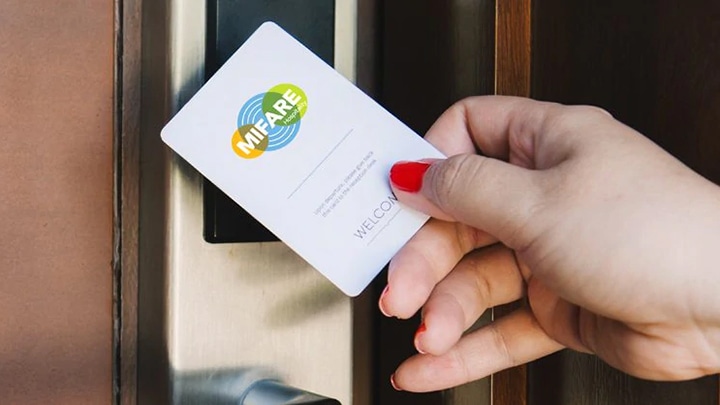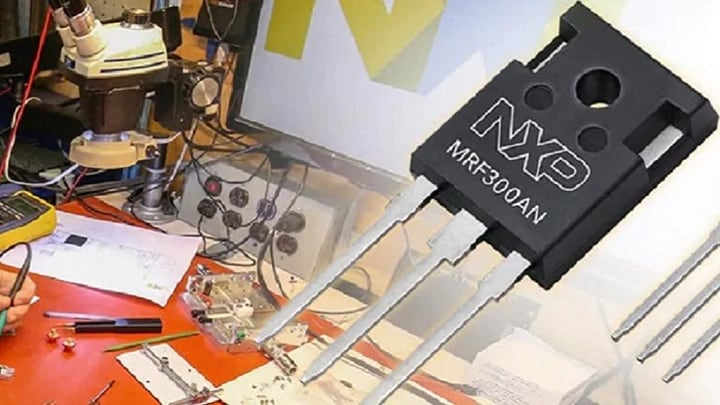For Minnesotans, who would have dearly loved to see the Vikings in Super Bowl LII, they’ve still ended up with
a win: the crown of being the northernmost city ever to host a Super Bowl, 10 days of fun and games in the
“Bold North,” and a projected $400 million in revenue for local businesses in what’s been
dubbed the “Super Bowl Experience.” It will also increase the population of the Twin Cities by a third
for the 10 days surrounding the game, as 1 million people descend upon the locale for the event and dozens of other
related festivities. It’s safe to say the amount of voice, data and video traffic all these people generate
will set a record over last year’s nearly 40 terabytes in Houston. But are the cellular networks and
distributed antenna systems ready for the onslaught?
Well, if existing capabilities along with the significant investment made in the last eight months can’t
handle it, nothing will. And besides, as events like this are a showcase for wireless carriers to demonstrate their
latest and greatest achievements, failure isn’t an option. These efforts aren’t just serving the crowd
during the game, but specific venues like the Mall of America, Nicollet Mall (the 12-block Minneapolis shopping and
dining district), the Minneapolis Convention Center and Minneapolis-St. Paul International Airport as well.
To visualize the challenge for U.S. Bank Stadium, consider a town of 70,000 people all of whom have decided that on
February 4 more than half of them will tweet, stream, send photographs and video and talk over cellular or W-Fi at the
same time. The big difference at the Super Bowl stadium is that the “communicators” are either sitting
next to each other or wandering about in an area about the size of a small city park. This creates a massively-dense
electromagnetic environment that must be accommodated without reduced data rates, dropped calls and data sessions or interference.
To keep everyone happy, technicians from the major cellular carriers beefed up the metro area’s
infrastructure, from adding more small cells to strengthening both front-haul and backhaul paths with more fiber. It
was an “upgrade” of massive proportions, all accomplished within eight months. To give some context,
Verizon increased its remote units in its distributed antenna system (DAS) at the stadium by 50% to more than 1,200.
Outside, the carrier added 24 cell sites and 230 small cells at the Mall of America and Minneapolis-St. Paul
International Airport.
For their parts, T-Mobile increased LTE capacity by 35% and added carrier aggregation for more available spectrum and AT&T launched LTE-Advanced and increased antennas in the stadium to 800 and deployed a DAS at 16 places in
the area. Sprint built its own 800-remote DAS in the stadium, launched LTE-Advanced and carrier aggregation and
mounted 200 small cells throughout Minneapolis. It all adds up to many millions of dollars in hardware and
installation costs.
Perhaps unknown to many eventgoers in all of this is the contribution of the devices that arguably make it all
possible: RF power transistors. These devices may be tiny, but they’re key components that allow the
thousands of DAS remote units, small cells and base stations to transmit their signals, indoors and outdoors, in
any kind of weather (a true test in Minneapolis). They must be extremely efficient to consume as little power as
possible, generate squeaky clean signals that don’t interfere with each other and tolerate major electrical
stresses caused by variations in operating conditions. And they make their silent contributions 24/7 while the
crowds are there and for years afterward.

Small Device, Big Contributor
NXP has worked for decades to meet and even exceed these requirements with the most rugged, high-performance RF power
semiconductors in the world. It’s why NXP has been the leading provider of RF power devices for cellular
infrastructure for more than 25 years. For more information, visit us at Radio Frequency.
Resources:
- Super Bowl LII in Minneapolis
- The National
Association of Tower Erectors (NATE) Super Bowl LII Hype Video
- NATE DAS Video Featuring U.S. Bank
Stadium
- Levi’s
Stadium Case Study by JMA Wireless; Super Bowl 50 Powered by NXP RF Transistors
- Powering Smart Stadiums
with NXP MIFARE Contactless Solutions





